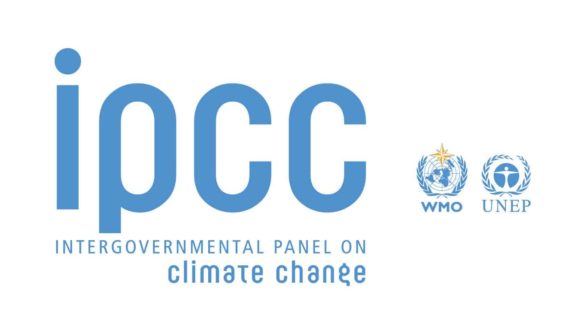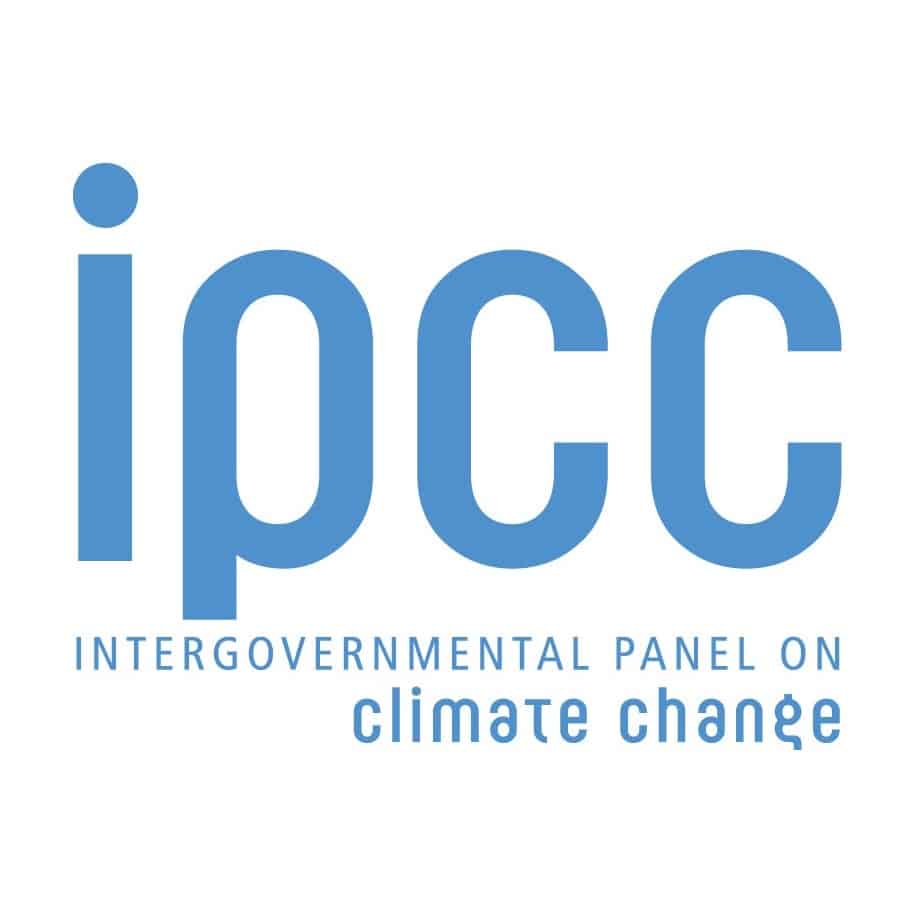UN Special Report: Turning the World’s Energy Economy upside down Is a Good Idea

 The United Nations Intergovernmental Panel on Climate Change (IPCC) on October 6th released a “Special Report (SR15) on Global Warming of 1.5 degrees C.” The report considers the impacts of limiting warming to 1.5 degrees above pre-industrial temperatures compared to 2 degrees and the policies that will be necessary to limit warming to 1.5 degrees. Each key finding is given with a level of confidence of low, medium, or high. Most assertions and conclusions are held with high confidence.
The United Nations Intergovernmental Panel on Climate Change (IPCC) on October 6th released a “Special Report (SR15) on Global Warming of 1.5 degrees C.” The report considers the impacts of limiting warming to 1.5 degrees above pre-industrial temperatures compared to 2 degrees and the policies that will be necessary to limit warming to 1.5 degrees. Each key finding is given with a level of confidence of low, medium, or high. Most assertions and conclusions are held with high confidence.
The report finds that keeping warming to 1.5 degrees has “clear benefits to people and natural ecosystems” compared to 2 degrees and that actions to achieve the lower temperature increase “could go hand in hand with ensuring a more sustainable and equitable society.”
The authors are confident that adjusting the concentration of carbon dioxide in the atmosphere is just like turning a thermostat up or down. Thus, they calculate precisely the schedule for decreasing greenhouse gas emissions in order to hit the 1.5 degrees target. If emissions exceed 1.5 degrees, then it will be necessary to use carbon dioxide removal (CDR) technology.
But it’s not going to be easy: “The report finds that limiting global warming to 1.5°C would require ‘rapid and far-reaching’ transitions in land, energy, industry, buildings, transport, and cities. Global net human-caused emissions of carbon dioxide (CO2) would need to fall by about 45 percent from 2010 levels by 2030, reaching ‘net zero’ around 2050. This means that any remaining emissions would need to be balanced by removing CO2 from the air.”
Or as Jim Skea, Co-Chair of IPCC Working Group III said, “Limiting warming to 1.5ºC is possible within the laws of chemistry and physics but doing so would require unprecedented changes.” Taking such drastic actions in a very short time period is naturally going to cost a lot of money.
That cost would likely be in the tens of trillions of dollars. Here’s paragraph D 5.3 from the Summary for Policymakers: “Global model pathways limiting global warming to 1.5 degrees C are projected to involve the annual average investment needs in the energy system of 2.4 trillion USD2010 between 2016 and 2035 representing about 2.5% of the world GDP (medium confidence).”
The report also considers the technologies that are going to be needed. Carbon dioxide removal (CDR) technology is discussed extensively, but strangely the report does not consider a crash program to build hundreds of new nuclear reactors.
The Summary for Policymakers concludes with a lot of spacy talk about turning the world’s energy economy upside down “in the context of sustainable development and poverty eradication.” This section especially should be compared to Climate Change Reconsidered II: Fossil Fuels, which was published this week by the Heartland Institute on behalf of the Nongovernmental International Panel on Climate Change.